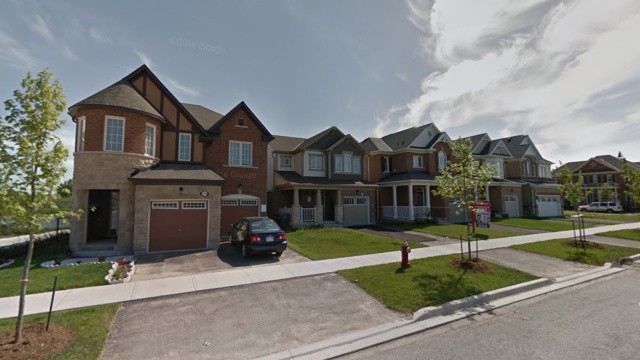Brampton’s Getting its Own Affordable Housing Strategy
Published April 12, 2018 at 3:14 am

Brampton is a diverse and populous city – in fact, we’re Canada’s ninth largest city with a population of 593,638, and we’re constantly growing.
Brampton is a diverse and populous city – in fact, we’re Canada’s ninth largest city with a population of 593,638, and we’re constantly growing. A ton of new developments are on the horizon, from a new university, to new condos, to a Riverwalk, to an entirely new downtown streetscape, and more.
Now, Brampton is getting its own affordable housing strategy.
The upcoming strategy is called Housing Brampton and it could be completed as early as 2019.
“The strategy’s framework was endorsed by Council in November, 2017, which sets out project timelines and proposed deliverables,” Daniella Balasal, Policy Planner, Land Use Policy, and the lead on Brampton’s Housing Policy Review.
While the Region of Peel, the province, and even the federal government do have strategies in place to support more affordable housing, there is currently no framework for affordable housing specifically in Brampton.
Considering the fact that Brampton now has more low-income neighbourhoods than ever, that’s a problem.
But the city is now weighing in.
“Given the City’s jurisdiction over land use planning matters directed by the Planning Act, the strategy will focus on the creation of rental and affordable ownership units,” reads Balasal’s report from November 2017.
The need for more affordable housing is great in Brampton, according to Balasal’s report.
As of April 2018, there are 2,789 registered second units in Brampton. From January-June 2017, Brampton’s emergency youth shelter accommodated a startling 287 unique individuals, consistently exceeding capacity, and as of 2016, there were 3,250 Brampton households on the Region’s centralized waitlist for social housing.
Further, 400 people used Peel’s Preventing Homelessness Program in 2016, and a whopping 2,400 local residents accessed emergency shelters.
Affordable housing does have a definition, which helps outline the new strategy.
“Rental and ownership housing is deemed to be affordable if it does not cost more than 30% of a household’s pre-tax income,” reads the report.
The most recent data shows that the average value of a home in Brampton is $570,344, and as of 2016, 33.61 per cent of Bramptonians spend 30 per cent or more of their income on shelter costs.
Monthly, homeowners pay an average of $1869, while renters pay an average of $1,225. Here’s a more detailed look, courtesy of the report:

According to the report, our city needs a “made-in-Brampton” approach, alongside the regional, provincial, and federal frameworks, tailored to Brampton’s unique needs and affordability challenges.
Housing Brampton is set to focus on four main priorities:
- Increasing affordable housing supply
- Creating and revising policies and initiatives to encourage housing diversity
- Communication and advocacy
- Monitoring and measuring progress
Overall, the strategy aims to support more affordable units within transit-supported, well-served areas of the city.
Currently, Brampton’s Strategic Plan for 2016-2018, Official Plan and Zoning By-law, and Second Units Registration Program are in place to work towards more affordable housing at a municipal level.
At the regional level, there’s the Region of Peel Housing Strategy and Peel’s Housing and Homelessness Plan.
Provincially, there are such strategies as Ontario’s Fair Housing Plan, and at a federal level, there’s the National Housing Strategy.
The preliminary stages to Brampton’s affordable housing strategy include creating a vision, outlining best practices, doing a seniors’ housing study, looking at student housing, engaging the community, and finally, finalizing and implementing Housing Brampton by late 2019.
What do you think of the plan?
Photo courtesy of Google Maps
INsauga's Editorial Standards and Policies

